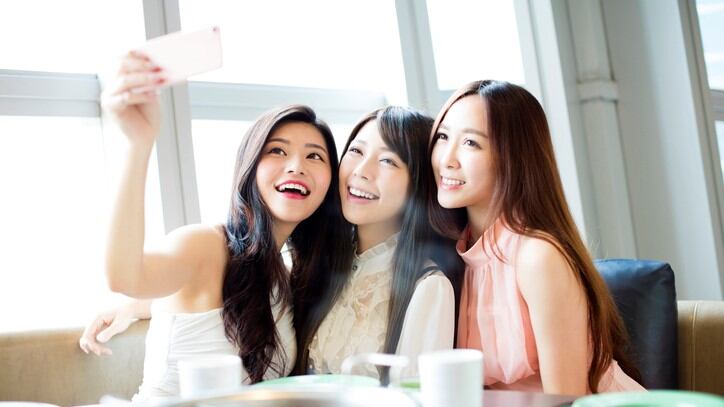Two years ago, the Swiss fragrance house conducted consumer research in Europe and the US and made an interesting discovery.
It found that the main driver of perfume use among women was not linked to seduction. Instead, these women were looking for a fragrance that could express their own unique personalities.
“We realised more than half of them were more interested in having fragrance expressed their own individuality and communicate authenticity. In the past, a lot of attention was paid to very strong fragrances, but we realised now consumers are looking for something that helps them to express themselves and make them feel comfortable – it’s kind of linked to well-being.” Herve Fretay, business development director, Fine Fragrance Asia.
Even though the research is two years old, Fretay believes the research is now more relevant given the current circumstances surrounding the novel coronavirus (COVID-19) health crisis today.
“I think this whole trend has been accelerated and amplified during this health crisis we are going through. People are now at home on lockdown and there is more time for self-care and to think about what makes them feel good. The whole well-being attitude is taking more prominence now in fine fragrance – they are looking for feel-good perfumes.”
This trend would resonate well with North Asian consumers, such as Chinese consumers especially, who have always preferred ‘polite’ fragrances that would not affect the people around them.
In the more recent study conducted by the firm, it found that 90% of Chinese women said they want a perfume that sublimates the natural scent of their skin.
Put simply, these consumers are interested in finding their own ‘signature scent’, said Fretay.
No rules, more creativity
The interest in using perfumes as a form of self-expression may be stronger in China, Fretay believes.
“The Chinese consumers are ready to explore new olfactive territories, ready to use fragrance as a new way of expressing themselves. It started with fashion and make-up, booming with all kinds of storytelling and the next one is fragrance.”
He added that fragrance companies would find plenty of opportunities to create new dimensions in the market, where the consumers are typically unhindered by any sort of rules or convention.
“It’s not like in France, where we have centuries of education on things like fashion – for example, you can’t wear a certain colour with another. But in China, they don’t have these rules. So, they do all kind of things you think is not right at first; but if you look again, you realise it's super free and super creative.”
Fretay continued: “That’s how we can reinvent the codes. I think in fragrance, as soon as the Chinese have the education, they will feel more comfortable playing around, and they can be the next top creators of fine fragrance.”
He told CosmeticsDesign-Asia that with China evolving at such a rapid pace, it was crucial for the company to have a ‘finger on the pulse’. As such, the firm has been strengthening its local team in China.
Just recently, the firm unveiled MyBloom, an exhibition in Shanghai showcasing a collection of fragrances by its perfumers.
The firm gave its perfumers free rein to create their own scents, unhindered by any briefs or guidance.
“For us, MyBloom was a way to build a new creative approach and a new olfactive language. The approach we took with it – since we knew people wanted to express themselves more – was to start with our own perfumers,” said Fretay.
MyBloom gave the company an opportunity to showcase how it can creatively serve the Chinese market by bringing new stories and new olfactive directions to the Chinese consumer.
Fretay noted that he believes the scents featured at MyBloom can really resonate with local consumers and local brands.
For instance, among the collection of MyBloom fragrances are Tatami and Ballerina, two scents which were created in Asia by Nanako Ogi and Carine Certain Boin respectively.
Tatami was inspired by Ogi’s memories of sleeping on Japanese tatami mats as a child, while Ballerina was based on Boins’ experiences as a dancer.
“Tatami and Ballerina might seem simple or minimalist, but in fact, there’s this whole complexity. If you have the occasion to wear those fragrances, you will notice it will develop that complexity on your skin. There’s this kind of easy access that gives the impression of comfort.”


